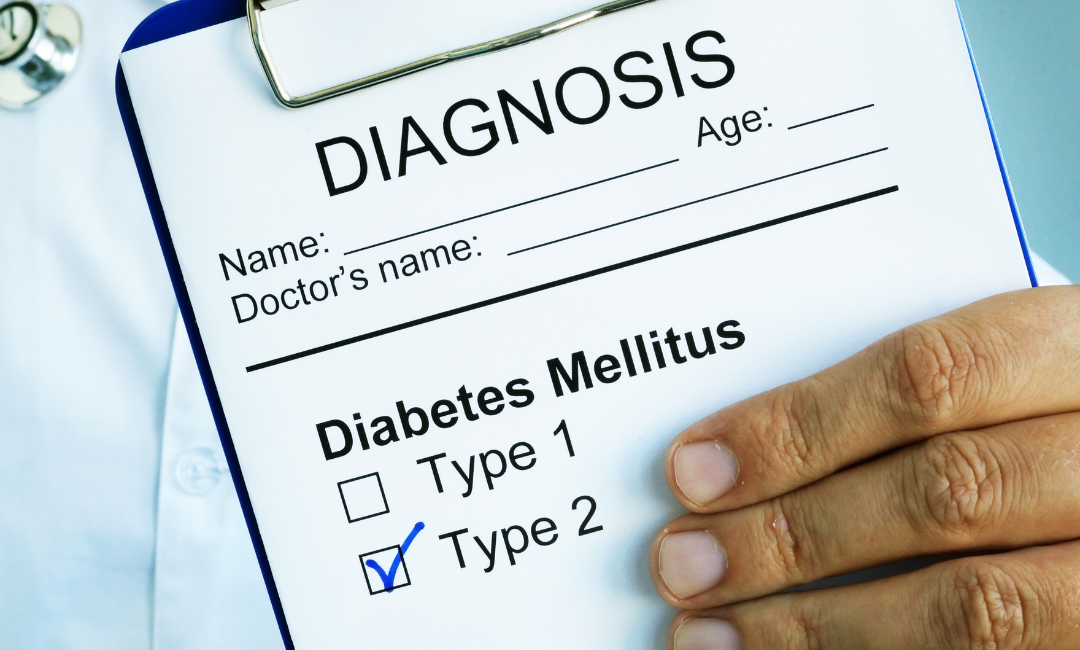Comparing the Side Effects of Typical vs Atypical Antipsychotics
Even though these classes of medications seem to be very similar, the biggest difference between them is their side effects. This stems from their mechanism of action, and how it affects our bodies.
First-generation (typical) antipsychotics cause a large blockade of the neuroreceptor dopamine. Dopamine levels are thought to be elevated in schizophrenia and bipolar disorder, so by blocking dopamine receptors, the levels decrease. First-generation antipsychotics work very effectively for the positive symptoms of schizophrenia, including hallucinations and delusions.
However, this can cause movement disorders including tardive dyskinesia, pseudoparkinsonism, and extrapyramidal symptoms. Movement disorders are common with first-generation antipsychotics because dopamine helps muscles communicate and move smoothly, so when dopamine is lost movement becomes jerky and uncontrolled.
Parkinson’s Disease
In Parkinson’s, there is a decrease in the level of dopamine. Therefore, this results in the jerky stiff movements that are exhibited in people with this disorder. Pseudoparkinsonism is categorized by movements a patient displays that mimics that of Parkinson’s, including tremors, slow gait, and loss of balance.
Tardive Dyskinesia
Tardive dyskinesia is the uncontrolled, stiff, jerky movements of the face and body. This can exhibit in a lot of ways. Most commonly, it can cause lip smacking, sticking out the tongue, chewing, and quick blinking of the eyes. This is all done involuntarily. However, tardive dyskinesia can also present as wiggling the fingers, waving the arms, and repeated tapping of the feet.
Extrapyramidal symptoms (EPS)
Extrapyramidal symptoms (EPS) include akathisia, acute dystonia, and neuroleptic malignant syndrome. Akathisia is categorized by restlessness and the need for constant movement. Acute dystonia includes involuntary contracting of the muscles, most commonly in the head and neck.
This includes protruding tongue, twisting the head, and extending the neck. Acute dystonia can cause choking or trouble breathing if the muscles in the neck are affected.
Neuroleptic Malignant Syndrome
Lastly, neuroleptic malignant syndrome, the rarest symptom, is the most serious. This is categorized by rapid onset of fever, confusion, lethargy, and can progress to seizures or coma.
Second-generation antipsychotics cause a blockade of both the dopamine and serotonin neuroreceptors. Unlike first-generation antipsychotics that block mostly the dopamine receptor, second-generation antipsychotics block mostly serotonin neuroreceptors, and that is why the side effects of these drugs differ so much.
Instead of movement disorders with first-generation antipsychotics which are caused by the blockade of dopamine, second-generation antipsychotics cause metabolic side effects such as weight gain or hyperglycemia.
Exactly why second-generation antipsychotics cause weight gain is not yet understood; however, it is believed that it has to do with the blockade of serotonin. Medications that block serotonin have been linked to increased food intake.
This means that medications like clozapine and olanzapine which have the strongest blockade on serotonin also affect weight the most. Weight gain will most commonly occur in the first few weeks of starting the medication, however it can go on for the full duration of taking the medication.
As nurses, it is crucial to be aware of this because patients may abruptly stop their medication due to this, or the weight gain can cause more of a strain on a patient’s mental health.









